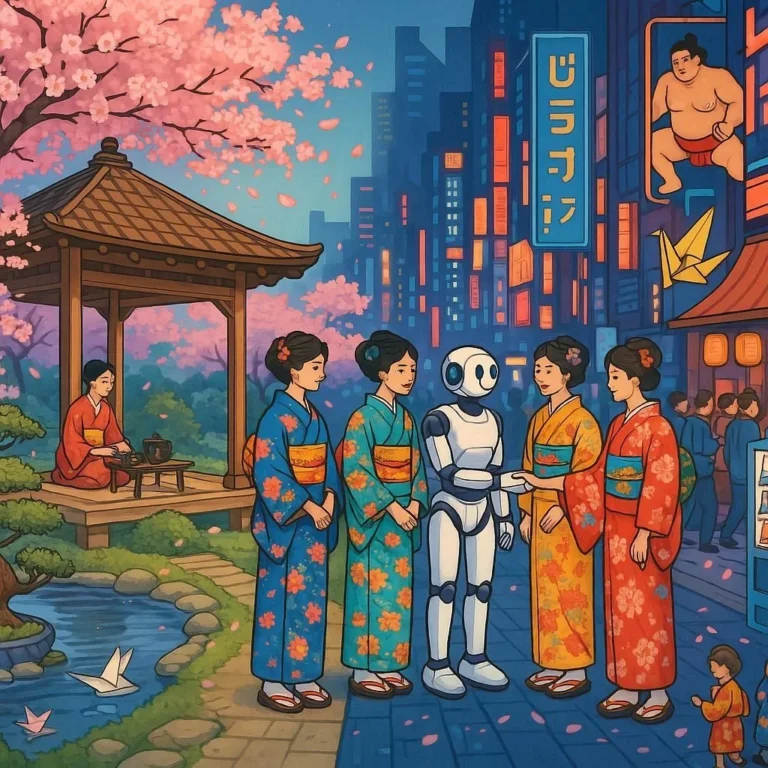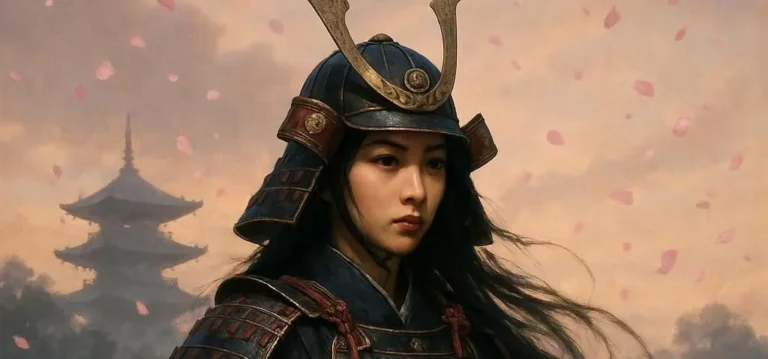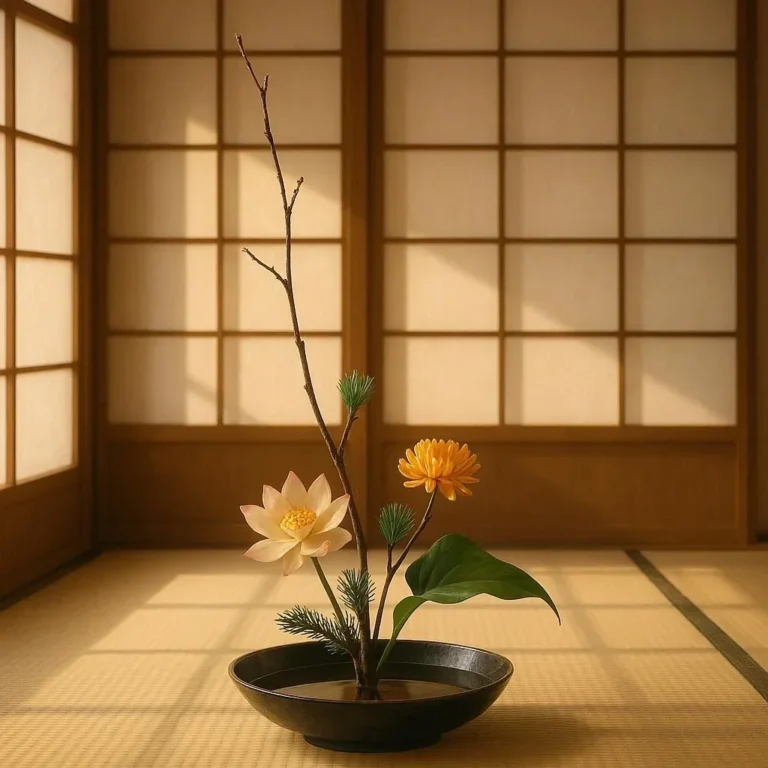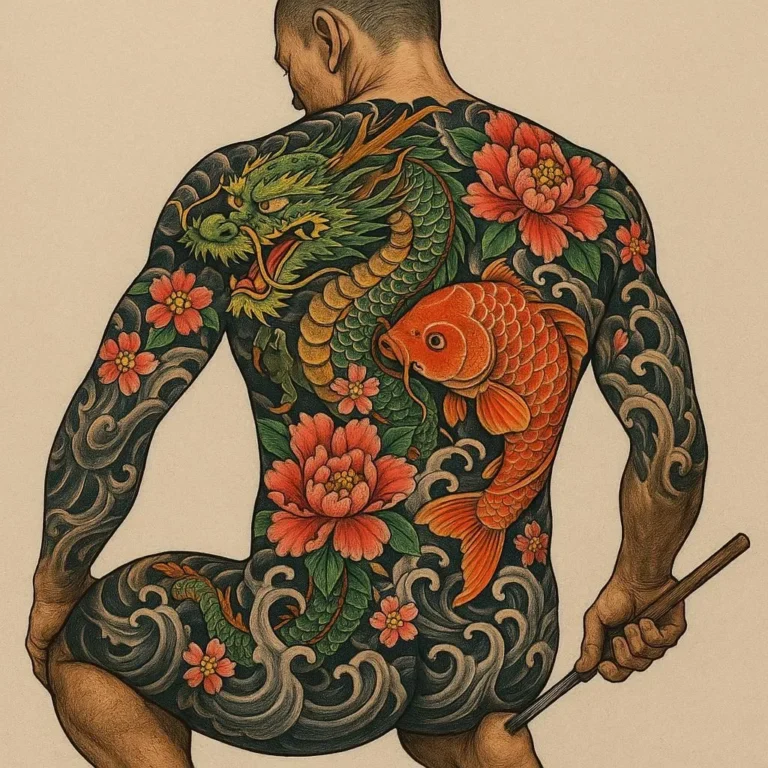503 views The Craft of Traditional Japanese Pottery and Porcelain
Japanese pottery and porcelain are among the most revered art forms in the world, with a history that spans centuries. The craft has evolved over time, influenced by cultural, religious, and technological advancements, yet it remains deeply rooted in tradition. From the humblest tea bowls to the most intricate decorative pieces, Japanese ceramics are celebrated for their beauty, functionality, and spiritual significance. In this blog post, we will explore the craft of traditional Japanese pottery and porcelain, delving into its history, notable styles, techniques, and the artists who keep this ancient tradition alive.
A Brief History of Japanese Pottery and Porcelain
The history of Japanese pottery dates back to the Jomon period (circa 14,500–300 BCE), where early inhabitants crafted unglazed pottery for practical use. These early pieces were primarily used for storing food and water, and their designs were simple yet functional. As time passed, the craft evolved, and by the Yayoi period (300 BCE–300 CE), pottery became more sophisticated, with the introduction of wheel-thrown techniques and kilns.
During the Edo period (1603–1868), Japanese pottery and porcelain reached new heights. The discovery of porcelain clay in the 17th century led to the production of high-quality porcelain, which quickly gained popularity both domestically and internationally. The city of Arita became a hub for porcelain production, and its wares were exported to Europe, where they were highly prized.
Notable Styles of Japanese Pottery and Porcelain
Japanese pottery and porcelain encompass a wide range of styles, each with its unique characteristics and historical significance. Some of the most notable styles include:
1. Raku
Raku is a type of Japanese pottery that originated in the 16th century. It is known for its distinctive red or black glaze and is often associated with the traditional Japanese tea ceremony. Raku ware is handcrafted using a low-fire technique, which results in a porous and delicate finish. The imperfections and unpredictable nature of Raku make each piece unique and highly valued by collectors.
2. Hagi
Hagi ware is another style of Japanese pottery that dates back to the Edo period. It is characterized by its soft, warm glaze and simple, organic forms. Hagi pottery is often used in the tea ceremony and is prized for its understated elegance. The glaze, known as Hagi-yu, is made from a combination of ash, clay, and feldspar, giving it a subtle, milky appearance.
3. Bizen
Bizen-yaki is a type of unglazed pottery that originates from the town of Bizen in Okayama Prefecture. It is one of the oldest styles of Japanese pottery, with a history dating back over 1,000 years. Bizen ware is known for its reddish-brown color, which is achieved through a long firing process. The natural ash from the kiln fuses with the clay, creating a distinctive, burnished surface.
4. Arita
Arita-yaki is a style of porcelain that was first produced in the 17th century in the town of Arita. It is known for its vibrant colors and intricate designs, often featuring landscapes, flowers, and birds. Arita porcelain was highly sought after in Europe during the 17th and 18th centuries, where it was used to create elaborate tableware and decorative pieces.
5. Kakiemon
Kakiemon is a type of Arita porcelain that is named after Sakaida Kakiemon, a legendary potter who lived in the 17th century. Kakiemon is known for its delicate white glaze and intricate enameling. The designs often feature natural motifs, such as cherry blossoms and pine trees, and are considered some of the finest examples of Japanese porcelain art.
Techniques and Processes Involved in Japanese Pottery and Porcelain
The creation of traditional Japanese pottery and porcelain involves a series of intricate techniques and processes, many of which have been passed down through generations. Here are some of the key steps involved in the craft:
1. Clay Preparation
The first step in making Japanese pottery and porcelain is the preparation of the clay. The type of clay used depends on the desired finish and style of the piece. For example, porcelain requires a specific type of clay that is rich in kaolin, a mineral that gives it strength and translucency. The clay is typically mined from specific regions, such as Arita, where the soil is rich in the necessary minerals.
2. Wheel-Throwing
Once the clay is prepared, the potter uses a wheel to shape the raw material into the desired form. Japanese potters are known for their skill in wheel-throwing, which requires great precision and control. The potter must carefully manipulate the clay to achieve the desired shape, whether it’s a delicate tea bowl or a large, ornate vase.
3. Glazing
After the piece has been shaped and dried, it is ready for glazing. Japanese pottery and porcelain are known for their stunning glazes, which range in color from vibrant blues and reds to soft whites and grays. The glaze is applied by hand, using a brush or by dipping the piece into a vat of glaze. The type of glaze used depends on the style of the piece and the desired finish.
4. Firing
The final step in the process is firing the piece in a kiln. Japanese potters use traditional kilns, known as climbing kilns or noborigama, which are built into the side of a hill. The firing process can take several days, during which the temperature inside the kiln must be carefully controlled to achieve the desired result. The firing process can significantly affect the color and texture of the glaze, and it is considered the most critical part of the entire process.
The Art of the Tea Ceremony and Its Connection to Pottery
The traditional Japanese tea ceremony, known as Chanoyu, Sado or Ocha, is deeply connected to the craft of pottery. The ceremony is not just about drinking tea; it is a spiritual experience that emphasizes harmony, respect, and the appreciation of beauty in simplicity. The tea ceremony would not be complete without the use of specially crafted pottery, particularly the tea bowls and tea containers.
The Role of the Tea Bowl
The tea bowl is one of the most important pieces of pottery used in the tea ceremony. It is typically made from Raku or Hagi ware, which are known for their simplicity and natural beauty. The tea bowl is designed to be held in the hands, and its shape and size are carefully crafted to enhance the experience of drinking tea. The imperfections and unique characteristics of the bowl are considered part of its beauty and are often praised by tea masters.
The Significance of the Tea Container
The tea container, known as the Natsume, is another important piece of pottery used in the tea ceremony. It is used to store the powdered green tea that is used in the ceremony. The container is often small and beautifully decorated, with intricate designs that reflect the season or the occasion. Like the tea bowl, the Natsume is highly valued for its craftsmanship and beauty.
Modern Japanese Pottery and Porcelain
While traditional Japanese pottery and porcelain remain popular, modern artists have also embraced the craft, creating contemporary pieces that blend traditional techniques with modern aesthetics. These artists are pushing the boundaries of the craft, experimenting with new forms, colors, and techniques while still respecting the traditions that have been passed down through generations.
Contemporary Artists and Their Contributions
There are many contemporary Japanese potters and porcelain artists who are making significant contributions to the craft. These artists are not only preserving the traditional techniques but also introducing new ideas and innovations that are helping to keep the craft relevant in the modern world. Some of these artists are gaining international recognition for their work, and their pieces are highly sought after by collectors and art enthusiasts.
The Role of Pottery in Modern Japanese Culture
Pottery and porcelain continue to play an important role in modern Japanese culture. They are not only used in traditional tea ceremonies but also in everyday life, as decorative pieces, and as a way to connect with the past. The craft is also an important part of Japan’s cultural identity, and efforts are being made to preserve and promote it for future generations.
Preserving the Craft for Future Generations
As with any traditional craft, preserving Japanese pottery and porcelain is essential to ensuring that it continues to thrive in the modern world. This preservation involves not only teaching the techniques to young artists but also promoting the craft to a wider audience. Organizations, galleries, and museums are playing a crucial role in this effort, hosting exhibitions and workshops that showcase the art form and provide opportunities for people to learn about it.
Education and Apprenticeships
One of the most important ways to preserve the craft is through education and apprenticeships. Young artists are apprenticing with experienced potters, learning the traditional techniques and skills that have been passed down through generations. These apprenticeships not only help to preserve the craft but also ensure that the techniques are adapted and evolved as needed.
Cultural Exchange and Collaboration
Cultural exchange and collaboration are also important for the preservation of Japanese pottery and porcelain. Artists are collaborating with potters from other countries, sharing techniques and ideas that can help to further develop the craft. These collaborations are not only leading to new and exciting pieces but also helping to promote the craft on an international level.
Conclusion
Japanese pottery and porcelain are more than just art forms; they are a reflection of Japan’s rich cultural heritage. Each piece tells a story, from the humble tea bowls used in the traditional tea ceremony to the intricate decorative pieces that are admired around the world. The craft requires immense skill, patience, and dedication, and the artists who practice it are truly masters of their craft.
As we look to the future, it is important to continue preserving and promoting this ancient tradition. By supporting contemporary artists, learning about the history and techniques, and appreciating the beauty of Japanese pottery and porcelain, we can help ensure that this craft continues to thrive for generations to come.
Whether you are an art enthusiast, a collector, or simply someone who appreciates the beauty of handmade crafts, traditional Japanese pottery and porcelain have something to offer. Their timeless elegance and deep cultural significance make them a source of inspiration and wonder, inviting us to slow down, appreciate the beauty in simplicity, and connect with the artisans who have dedicated their lives to this noble craft.







